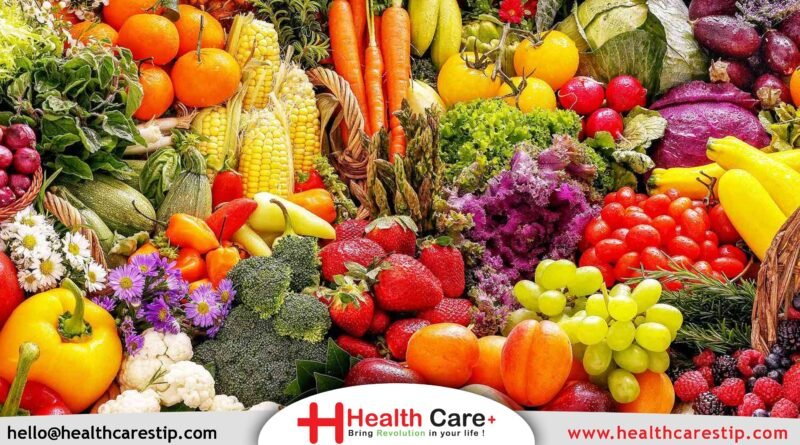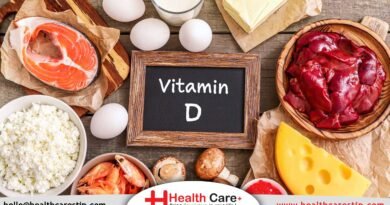Fruits and Vegetables
Fruits and Vegetables A diet rich in vegetables and fruits can lower blood pressure, reduce the risk of heart disease and stroke, prevent some types of cancer, lower risk of eye and digestive problems, and have a positive effect upon blood sugar, which can help keep appetite in check. Eating non-starchy vegetables and fruits like apples, pears, and green leafy vegetables may even promote weight loss. [1] Their low glycemic loads prevent blood sugar spikes that can increase hunger.
At least nine different families of fruits and vegetables exist, each with potentially hundreds of different plant compounds that are beneficial to health. Eat a variety of types and colors of produce in order to give your body the mix of nutrients it needs. This not only ensures a greater diversity of beneficial plant chemicals but also creates eye-appealing meals.
Summary
- Fruits and vegetables contain important vitamins, minerals and plant chemicals. They also contain fibre.
- There are many varieties of fruit and vegetables available and many ways to prepare, cook and serve them.
- A diet high in fruit and vegetables can help protect you against cancer, diabetes and heart disease.
- Eat 5 kinds of vegetable and 2 kinds of fruit every day for good health.
- Most Australians do not eat enough fruit and vegetables.
- When buying and serving fruit and vegetables, aim for variety to get the most nutrients and appeal.
SKIN | PAIN | DIABETES | CANCER | HEART ATTACK | NUTRITIONS | AVOID | HEALTHY FOOD





